Lugano’s MASI, amid brass sculptures, bestiaries and new displays
The Museo d’Arte della Svizzera Italiana (MASI) in Lugano, one of the most visited museums in Switzerland, is offering multiple temporary exhibitions in its two locations, namely in the LAC cultural center and the historic Palazzo Reali building, in addition to its permanent collections. Current exhibitions include a tribute to sculptor Hans Josephsohn (Königsberg, 1920 - Zurich, 2012) on the occasion of the centenary of his birth and a retrospective dedicated to the entire artistic production of Ticino-born Paolo Mazzucchelli (Lugano, 1954), both of which are set up at MASI - LAC. Also visitable is the new display of the Giancarlo and Danna Olgiati Collection, part of the MASI circuit.
Open to the public in the exhibition space adjacent to the LAC cultural center, the Giancarlo and Danna Olgiati Collection brings together more than two hundred works of great artistic significance, making the collection currently one of the most significant dedicated to Italian art from the early twentieth century to the present, the Nouveaux Réalistes and international contemporary art. Twice a year the displays vary, accompanied by temporary exhibitions that aim to delve deeper into the production of artists who are already part of the Collection. Since 2018, 76 works from the Olgiati Collection have entered MASI’s collections, thus strengthening the relationship with the museum venue.
Until December 13, 2020, visitors therefore have the opportunity to discover the new display of the Olgiati Collection, entitled What’s New?, which presents works created by established masters, recently acquired, along with works by young artists from the international art scene. Different poetics and expressive languages dialogue with each other throughout the exhibition, creating a confrontation between paintings, drawings, sculptures and photographs. Intent is to emphasize the fundamental relationship between the historical avant-garde movements of the early 20th century and contemporary research, encompassing more than a century of art. The works on display, thirty-four in all, are divided by independent themes: fromabstract art between sign and matter to the investigation of light and color through the works of Franz West and Rudolf Stingel, to the tribute to Jimmie Durham, Golden Lion for Lifetime Achievement at the 2019 Venice Biennale. One section is devoted to war, among the major themes in the history of the 20th century.
Among the most relevant works, in the first room one encounters Empreintes de pinceau n.50 by Ticino artist Niele Toroni, one of the leading exponents of European Minimalism, made in 1989: the painting is here placed in dialogue with the monochrome works of Piero Dorazio, Baked in silence (1960-1961), and Irma Blank, Avant-testo 12-1-99 (1999), in a close confrontation between sign and writing. In the same room, on the opposite wall, are the canvas work Samurai Tree 17H (2008) and the polyurethane foam sculptures Three Spheres (2003) by Mexican artist Gabriel Orozco. His combination of material, form, and color stems from a system of predetermined rules: the works in the exhibition, although different in their formal aspect, testify to the unprecedented conceptualism, the enigmatic rigor of Orozco, who gives life to his own visual universe.
Continuing into the next room, there is a linear and continuous relationship between two works: the painted papier-mâché sculpture with anthropomorphic but abstract forms by Austrian Franz West, Untitled (2011), and the brightly hued painting by Merano artist Rudolf Stingel, Untitled (2012). Both North European-trained, the artists are characterized by the complete freedom with which they revisit and renew the very idea of sculpture and painting formulated by the historical avant-gardes. This is followed by four works by Danish artist Henrik Olesen, focused, as often in his production, on social issues: clear examples are the two large black-and-white portraits A.T. (2019) of British mathematician Alan Turing, considered the father of modern computing, but nevertheless persecuted for his homosexuality despite his fundamental professional contribution. Significant space is also devoted in the next section to the art of Jimmie Durham, an American artist who belongs to a community of Cherokee Indians and is committed to politics and civil rights. His is the sculpture Aazard (2018), consisting of bones, plastic and car parts.
The new exhibition concludes with a room focused on the theme of suffering: the First World War is evoked here by the series of fourteen lithographic plates, entitled La Guerra (The War), completed in 1914 by Natalia Goncharova and the Parolibera (irredentism) that Filippo Tommaso Marinetti executed in the same year. The latter section also has works by contemporary artists; artists who have investigated the condition of suffering even if different in generation and origin. Fausto Melotti with Lager (1972) and Zoran Mušic with Self-Portrait (1970) depict the atrocities of Nazi extermination. Iranian Shirin Neshat with her photograph Seeking Martyrdom-Variation1 (1995) turns her gaze to the society Middle East, with particular attention to the condition of women, while Palestinian Mona Hatoum with her sculpture A bigger splash (2009) and Cuban Ana Mendieta with Silueta Works in Iowa (1976-1978), despite stylistic differences and personal expressive pursuits, both investigate their own personal vicissitudes as exiled women to present a profound investigation of themes such as violence and the vulnerability of the body.
The protagonists of What’s New? are thus Stefano Arienti, Francesco Arena, Gabriele Basilico, Irma Blank, Huma Bhabha, Piero Dorazio, Jimmie Durham, Natalia Goncharova, Wade Guyton, Mona Hatoum, Luisa Lambri, Francesco Lo Savio, Filippo Tommaso Marinetti, Fausto Melotti, Ana Mendieta, Zoran Mušic, Henrik Olesen, Gabriel Orozco, Damian Ortega, Shirin Neshat, Alessandro Piangiamore, Nathlie Provosty, Gerhard Richter, Pietro Roccasalva, Remo Salvadori, Rudolf Stingel, Niele Toroni, Andro Wekua, Franz West.
The opening of the Giancarlo and Danna Olgiati Collection to the public (Friday through Sunday from 11 a.m. to 6 p.m. with free admission) is accompanied by the presentation of a new visual identity and a new website, available at www.collezioneolgiati.ch.
 |
| Shirin Neshat, Seeking Martyrdom - Variation #1 (1995; silver salt gelatin print and ink, 155 x 102 cm, 1/3 edition) |
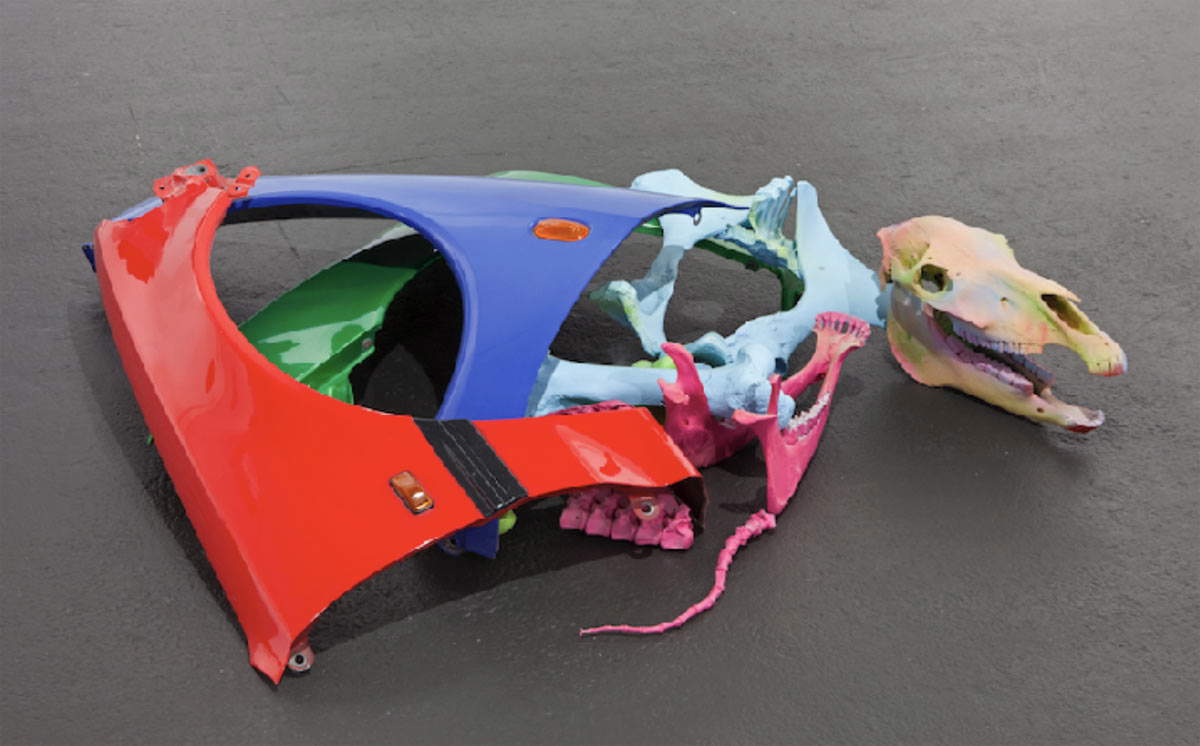 |
| Jimmie Durham, Aazaard (2018; animal bones, acrylic paint, automobile parts, 41 x 169 x 136 cm) |
Instead, there is time until Feb. 21, 2021, to visit the exhibition dedicated to the centenary of sculptor Hans Josephsohn’s birth, curated by Ulrich Meinherz and Lukas Furrer. The exhibition is organized in collaboration with the Kesselhaus Josephsohn in St. Gallen and displays a selection of brass works completed by the artist between 1950 and 2006. About twenty sculptures are arranged in a single room; however, they are not intended to follow a chronological or thematic criterion, but rather to emphasize the affinities and contrasts between the forms and surfaces of works produced in different eras. A minimalist approach that juxtaposed with the sobriety of the installation is well in line with the defining characteristic of Josephsohn’s production, namely immediacy. Indeed, the walls and floor of the exhibition space, which appear in an unfinished state, recall the raw appearance of the artist’s sculptural surface, the result of repeated interventions on the material.
Josephsohn, who was born in Königsberg (present-day Kaliningrad), in then East Prussia, always devoted himself to sculpture until his death. Because of his Jewish origins, he was not allowed to pursue art studies in Nazi Germany; in 1938 he attended only the Academy of Fine Arts in Florence for a few months, but was forced to flee to Switzerland following the introduction of racial laws and continued his training as a sculptor in Zurich.
The brass works exhibited at MASI are not intended to cover the artist’s entire career, but are meant to emphasize the central theme of his artistic research, namely the human figure, both in the full-relief configuration and in the reliefs in which several figures are placed in relation to each other. In particular, Josephsohn depicts heads, half-figures, standing figures, reclining figures and reliefs in the sculptures: a circumscribed circle of subjects. Although he takes friends and relatives as models, it becomes difficult to identify the frontality of the sculpture, as the artist always favors immediacy and vividness over a more realistic approach, emphasizing anatomical elements and summing up different points of view.
Hans Josephsohn’s works are on permanent display in two Swiss exhibition spaces: the La Congiunta Museum in Giornico, opened in 1992 and designed by architects Peter Märkli and Stefan Bellwalder, and the Kesselhaus Josephsohn in St. Gallen, opened in 2003.
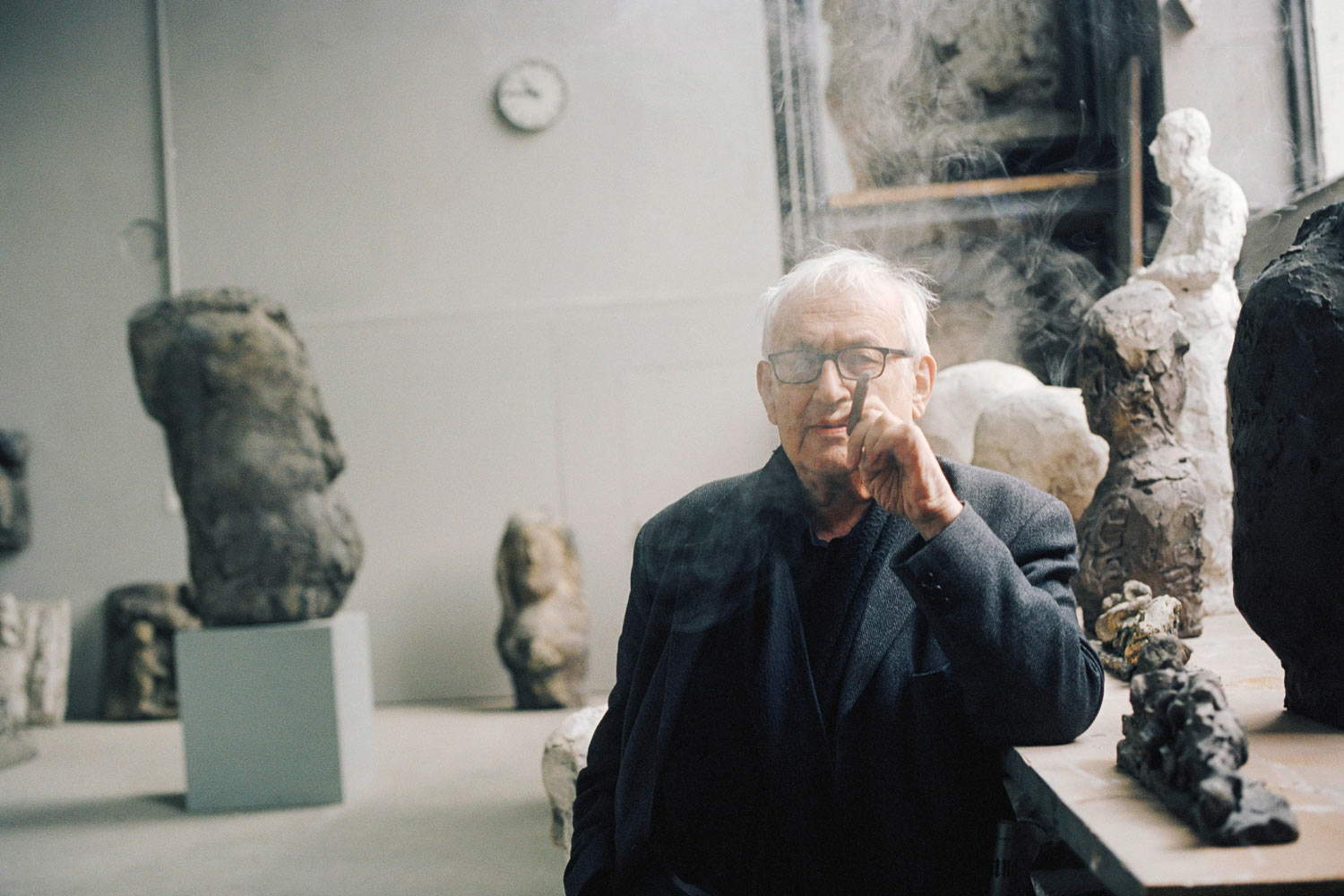 |
| Hans Josephsohn at the Kesselhaus (c. 2006) |
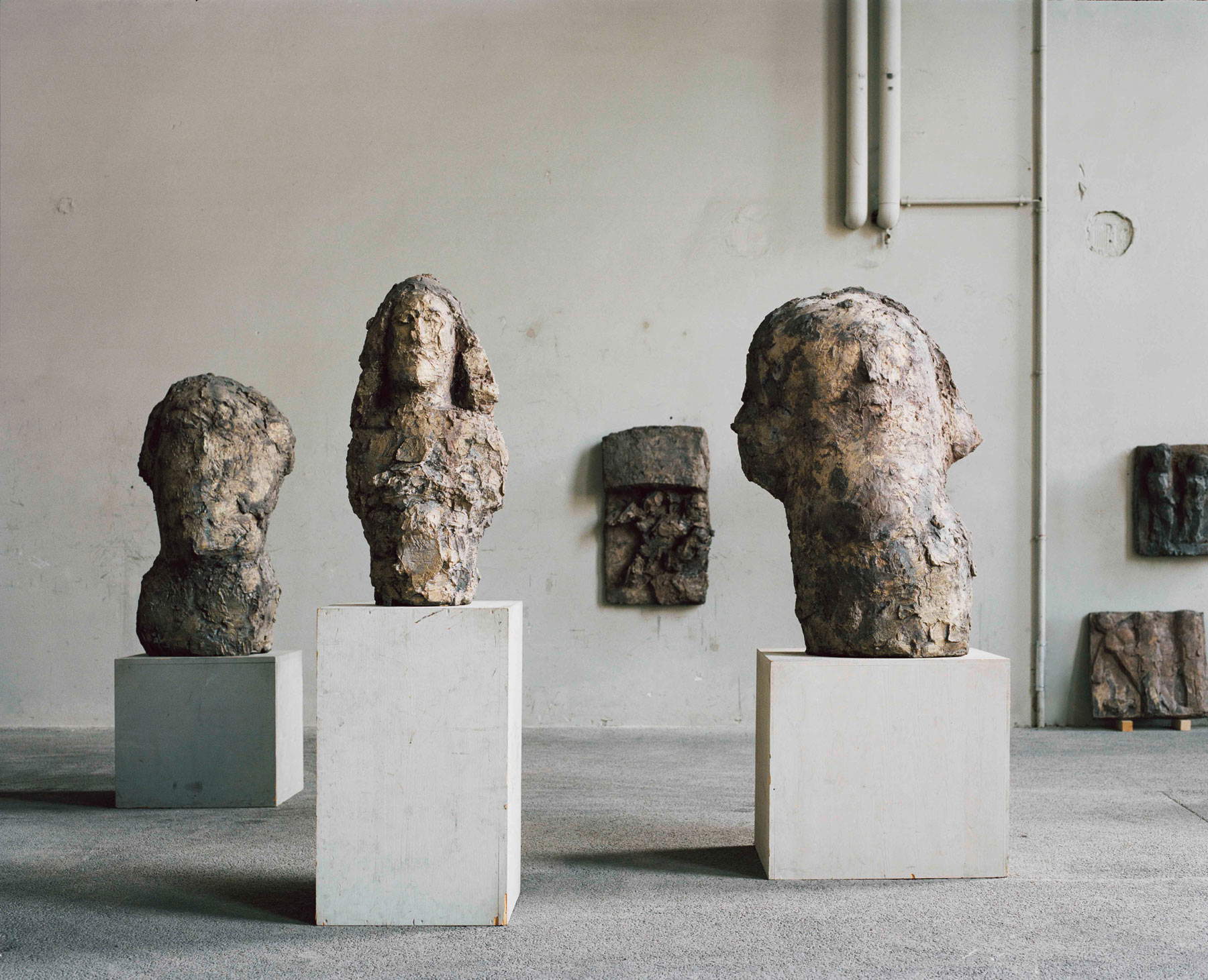 |
| Works by Hans Josephsohn at the Kesselhaus. |
Finally, the exhibition PAM Paolo Mazzucchelli is open to the public until March 28, 2021.Between the Eyelashes, curated by Cristina Sonderegger. Produced in collaboration with the artist himself, the exhibition traces the different phases of Ticino artist Paolo Mazzucchelli’s artistic production. It is a large exhibition that features about one hundred and fifty works, most of them large format, including the monumental cycle Letters from Europe, thanks to which the artist was awarded the Federal Fine Arts Grant.
The display is not based on a chronological order, but develops in thematic nuclei and recurring subjects: in particular, elements related to the plant world, visionary and apocalyptic landscapes and the human figure are highlighted. Works made from the 1960s to the present day. In addition to the recurring themes and subjects, the review focuses on the various techniques used, especially mixed media on canvas and paper, charcoal and India ink on paper, and etching techniques.
Mazzucchelli, born in Lugano in 1954, is considered one of the most representative Ticino artists of his generation. A keen observer of the contemporary art scene, he matures his creative path in Ticino, while maintaining exchange relationships with other realities, especially with transalpine Switzerland and Italy. His beginnings are characterized by a thick sign and subject matter; he is an artist of surrealist, expressionist and informal ancestry, influenced by the Beat generation, psychedelic art and underground literature.
The exhibition begins with an early work, What Remains (1976-77), in which Mazzucchelli depicts, using bold perspective cutting and vibrant brushwork, some toys abandoned on a closet. This is followed by a series of works that are highly significant to his artistic career: Rhinoceros (c. 1990) and Lophophora Williamsii (1990-91), both made from a body imprint on paper with subsequent intervention by the artist. Both works are emblematic of the performative dimension of his art of the early 1990s and theintroduction of writing within the image, two constants in his expressive choices.
Carta geografica (1991) is made in India ink with countless gradations of black, a color that dominates his creative research for more than a decade. And still in the first room, a series of abstract works dating back to the mid-1980s can be seen: Why not from Z (1996-97), a work consisting of a sequence of squares reminiscent of the traditional comic strip, Where do we come from? Who are we? Where are we going? (2002), an homage to Goya and Gauguin, one of the polychrome prints through which the artist reclaimed color.
By contrast, the central sections of the exhibition feature large-format prints with vivid color, such as Lamera (2002) and Cherry Stele (2002), which harken back to the almost psychedelic Battilamera (1996-2015) exhibited later. The artist composes a veritable bestiary and herbarium in the series Ninety-nine haiku (2007), delicate small-format etchings. This is followed by the large charcoal drawings in the cycle dedicated to Brazilian activist Chico Mendes, thanks to which Mazzucchelli received the Federal Fine Arts Grant in 1993. Visionary worlds and apocalyptic scenarios populated by fantastic figures and landscapes are depicted in a sort of journey into the unconscious. The diptych Vomir charognes (2014) testifies to the return to the representation of the human figure through a language of denunciation, which distinguishes the last five years of his production.
Themes related to the wonders and mysteries of nature, frequent since 1992, are connected with the series Imaginary Gardens (2013) and Naga and Hiro (2008). Finally, the cycle Still a Season to Reflect (2018-19) brings together more recent prints in a series of tributes to departed friends.
The exhibition concludes with about fifty drawings of various formats, in which through severed and unnaturally contorted bodies, the violence visible in various forms in contemporary society is denounced.
Works by PAM Paolo Mazzucchelli are held in numerous public collections, including the Villa dei Cedri Museum in Bellinzona, and in private collections. About twenty of his works also belong to the Credit Suisse art collection, exhibited in the bank’s national and international offices in Chiasso, Bellinzona, Singapore and New York.
For more info on MASI’s exhibition venues and current exhibitions, you can visit masilugano.ch
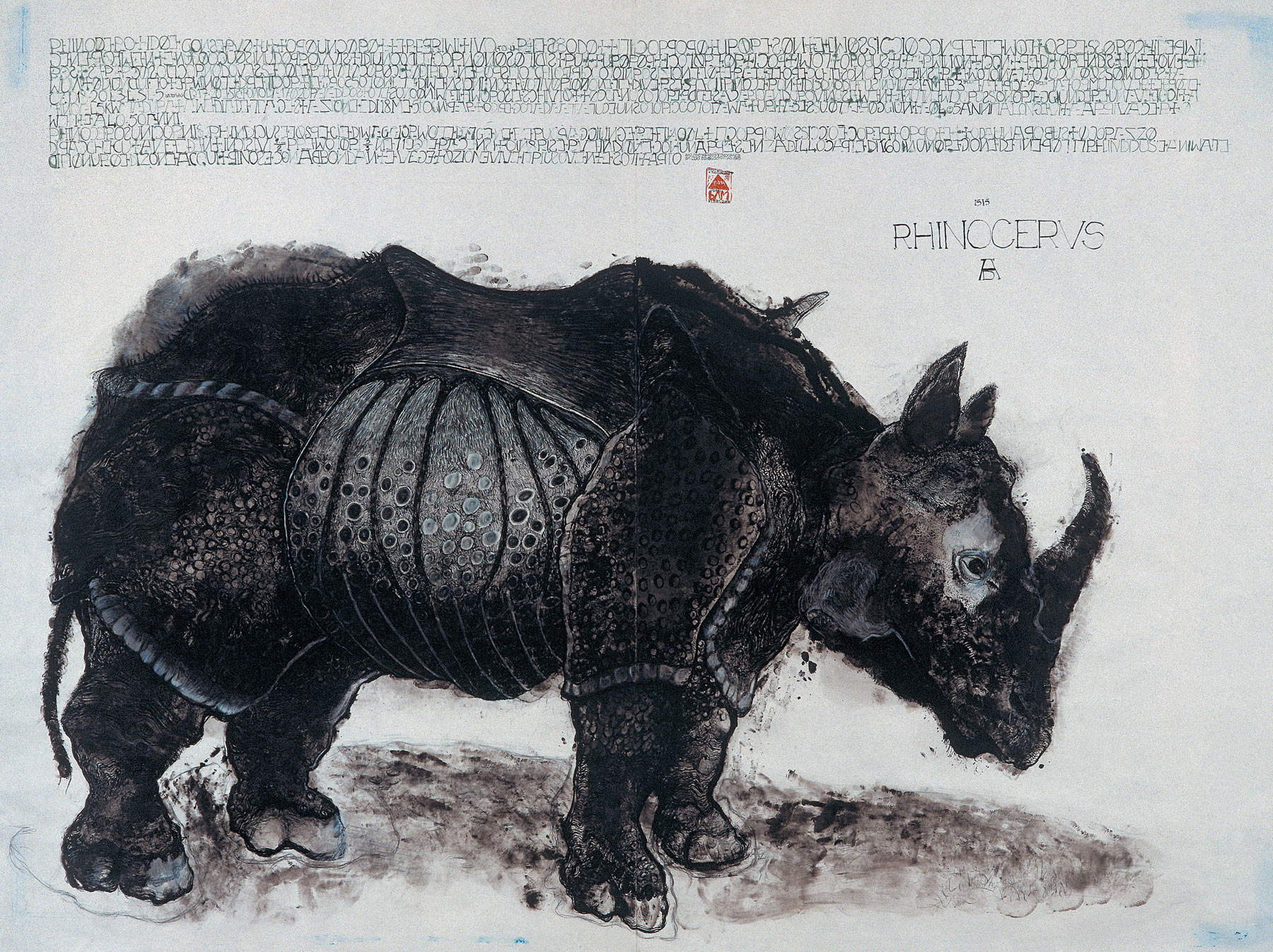 |
| Paolo Mazzucchelli, Rhinoceros (1990-1991; mixed media on paper, 150 x 200 cm; Private collection) |
 |
| Paolo Mazzucchelli, Europa (for Chico Mendes) (1992; mineral charcoal on paper, 220 x 400 cm). Ph. Credit Stefania Beretta |
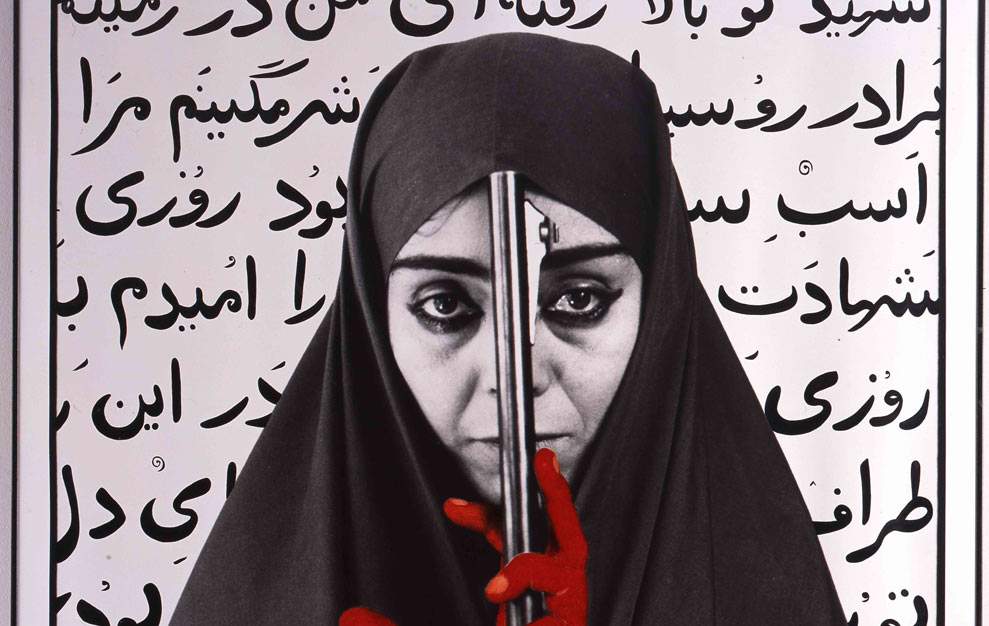 |
| Lugano's MASI, including brass sculptures, bestiaries and new displays |
Warning: the translation into English of the original Italian article was created using automatic tools. We undertake to review all articles, but we do not guarantee the total absence of inaccuracies in the translation due to the program. You can find the original by clicking on the ITA button. If you find any mistake,please contact us.